When I did my review of the Hasselblad XCD 135/2.8 a few weeks ago, a few people asked me to compare it to the venerable Zeiss 135mm f/2 Apo-Sonnar. It took me a while to dig up the lens, but I finally found it, and ran my usual Siemens star test, using the Zeiss version of the star. I tested with the Hasselblad 907X/CFV 100C, which has the same sensor as the X2D 100C that I used when I tested the XCD 135/2.8. In the previous post I looked at on-axis performance. Now I’ll show you the corner shots.
The particulars:
- Edelkrone Tripod X Pro
- Arca Swiss C1
- Manual exposure
- MS for XCD 135/2.8, ES for 135/2 Apo Sonnar
- ISO 64
- Delay set to 5 seconds
- Six shots per f-stop
- Target centered
- f/2, f/2.8, f/4, f/5.6, f/8
- Developed in Lr with default settings except for white balance and sharpening set to 0
Crops at about 150% magnification:
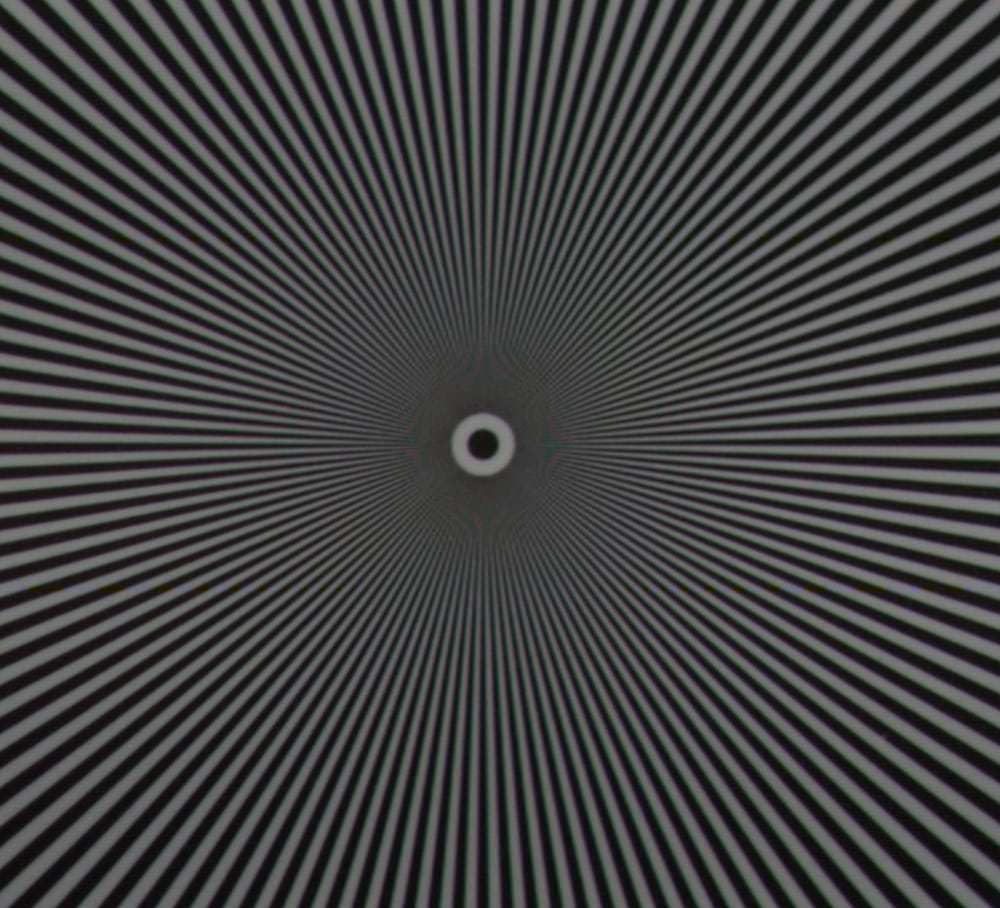
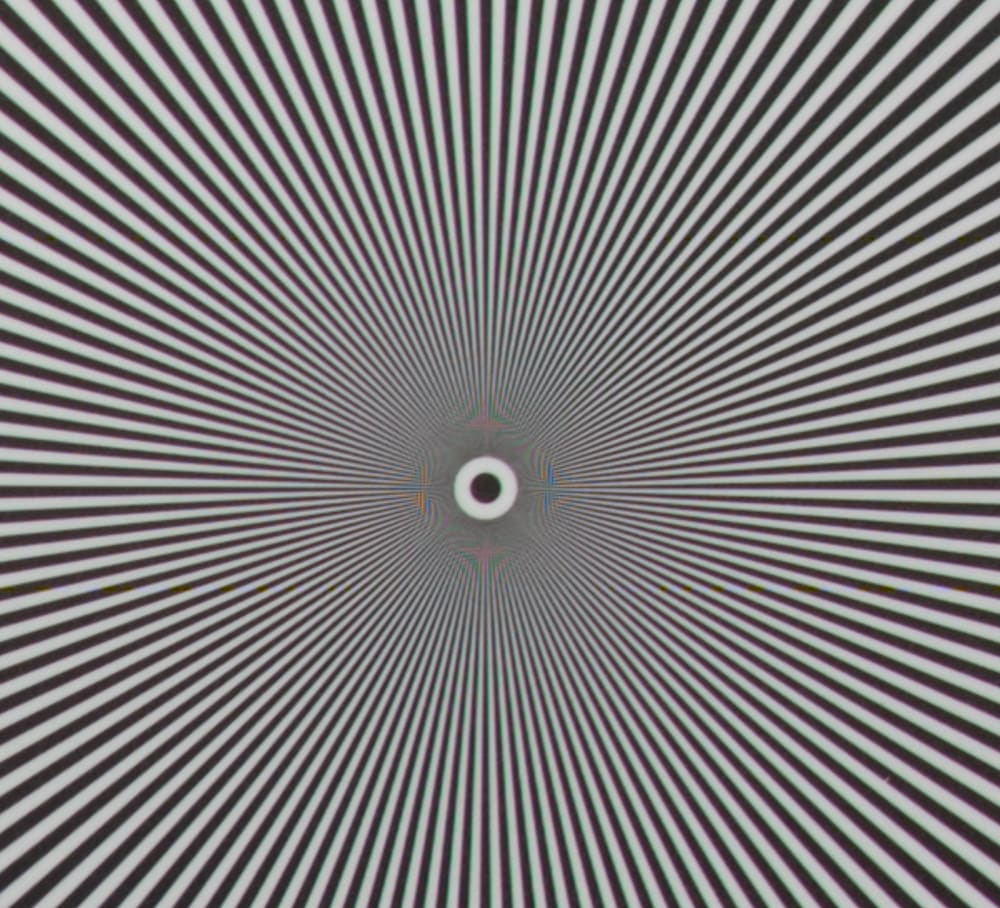
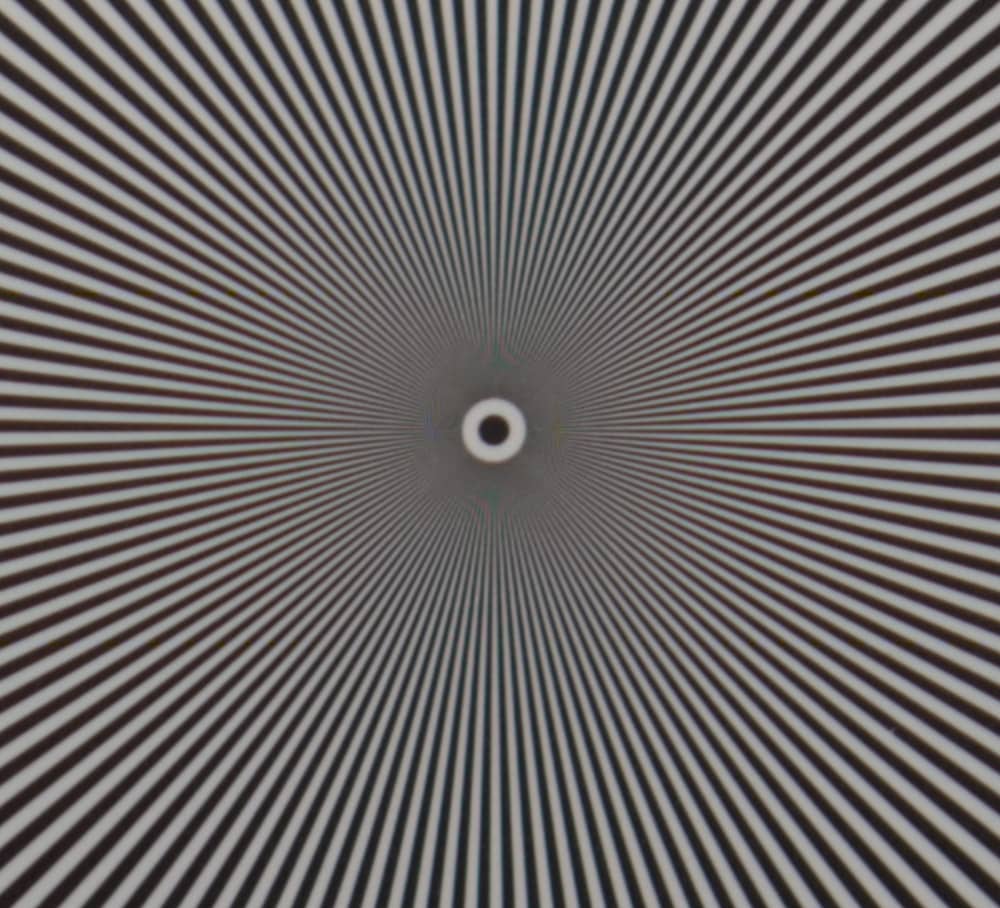
The Zeiss lens is much sharper.
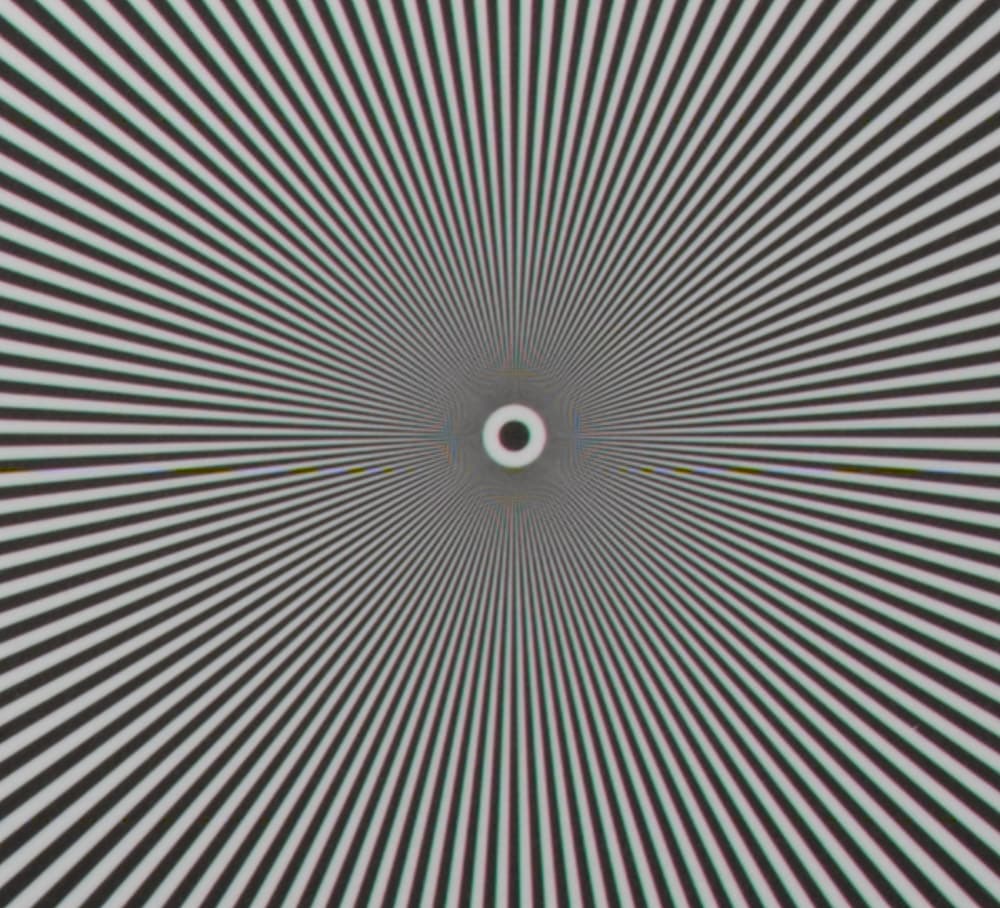
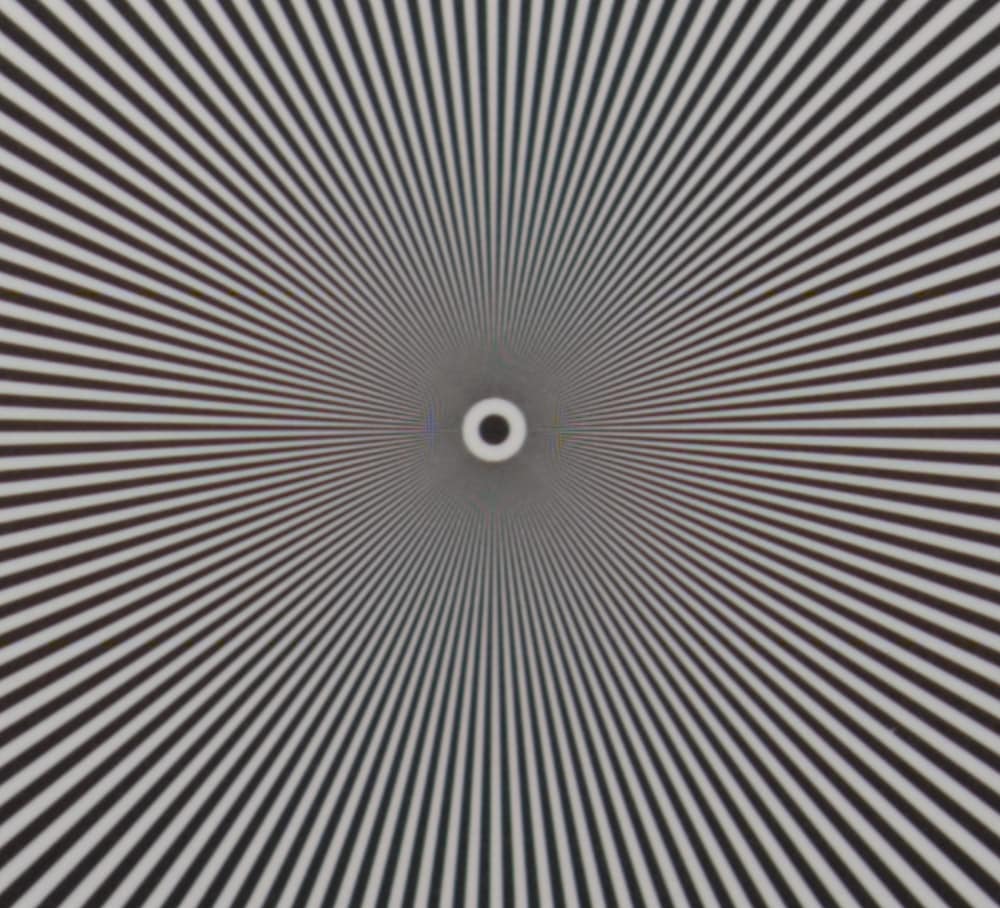
The Zeiss lens is slightly sharper.
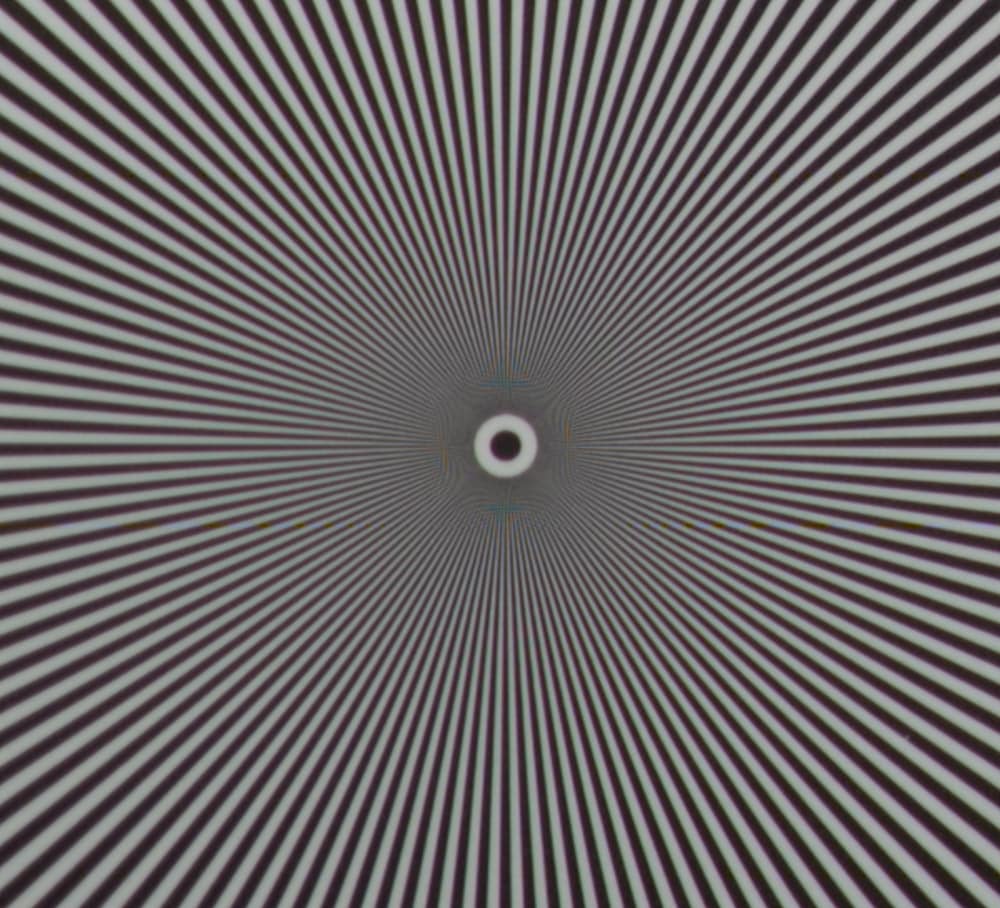
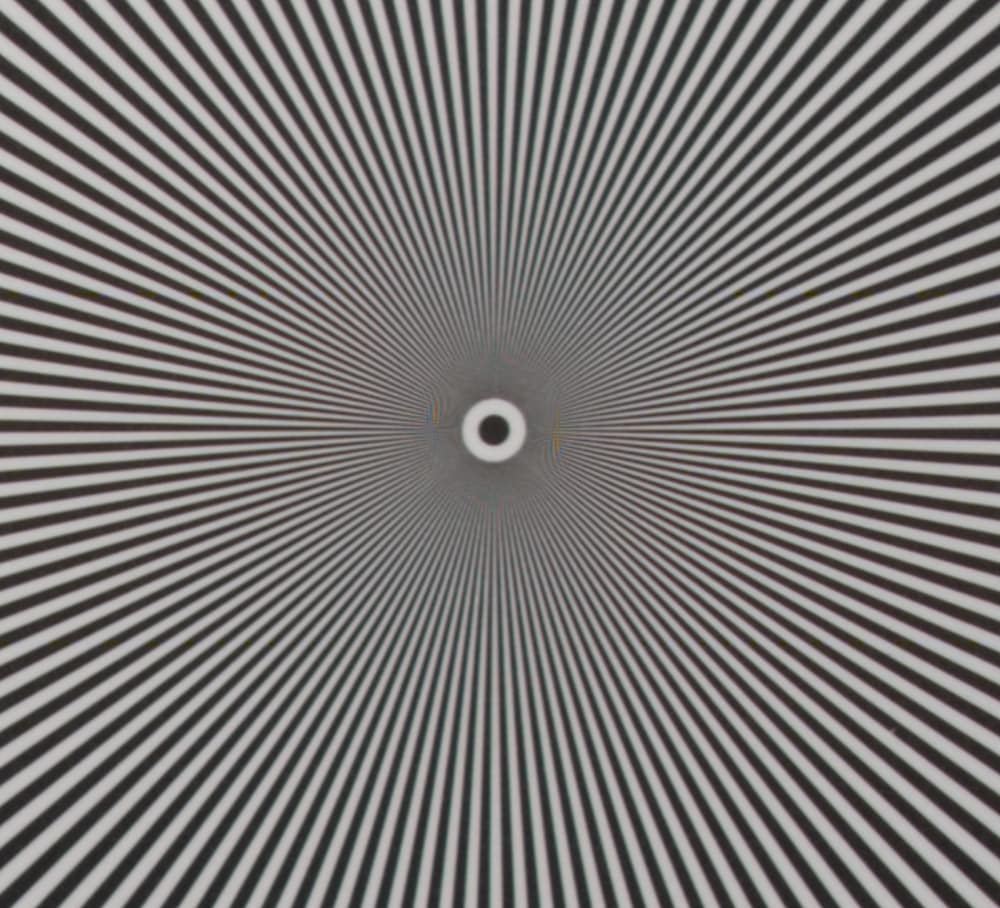
The Zeiss lens is still sharper, and doesn’t suffer from the astigmatism that we see with the Hassy lens.
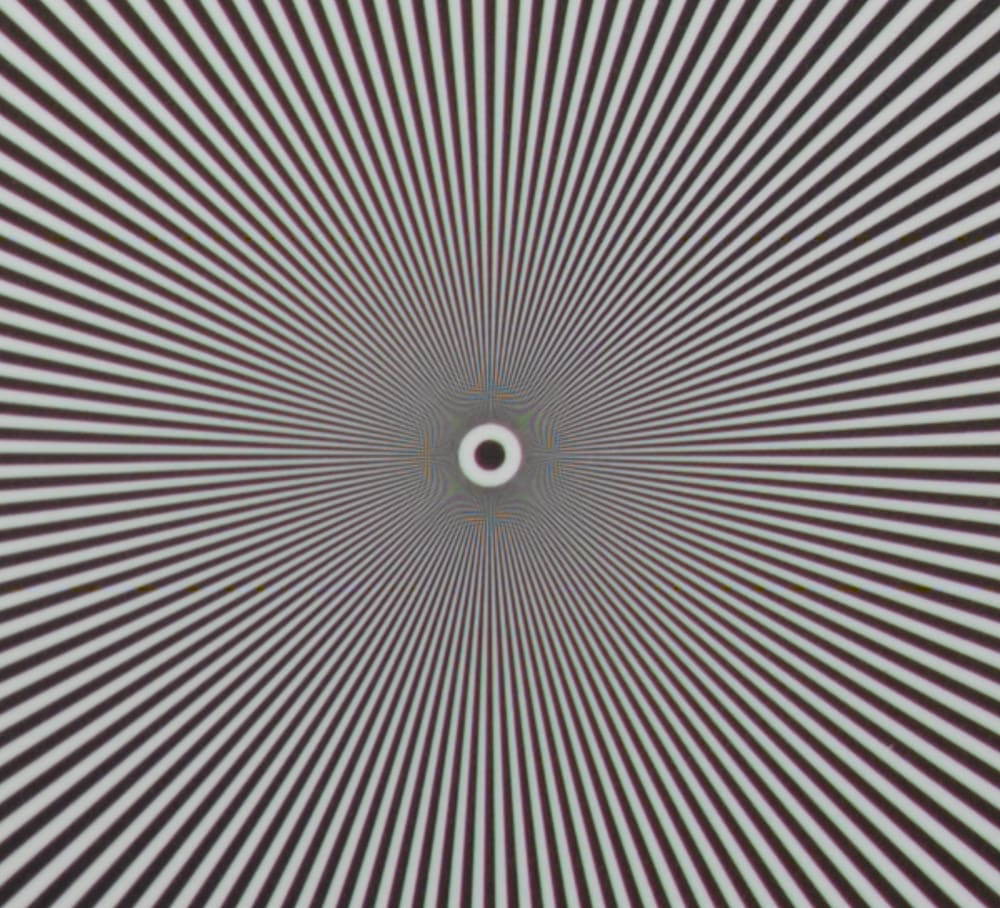
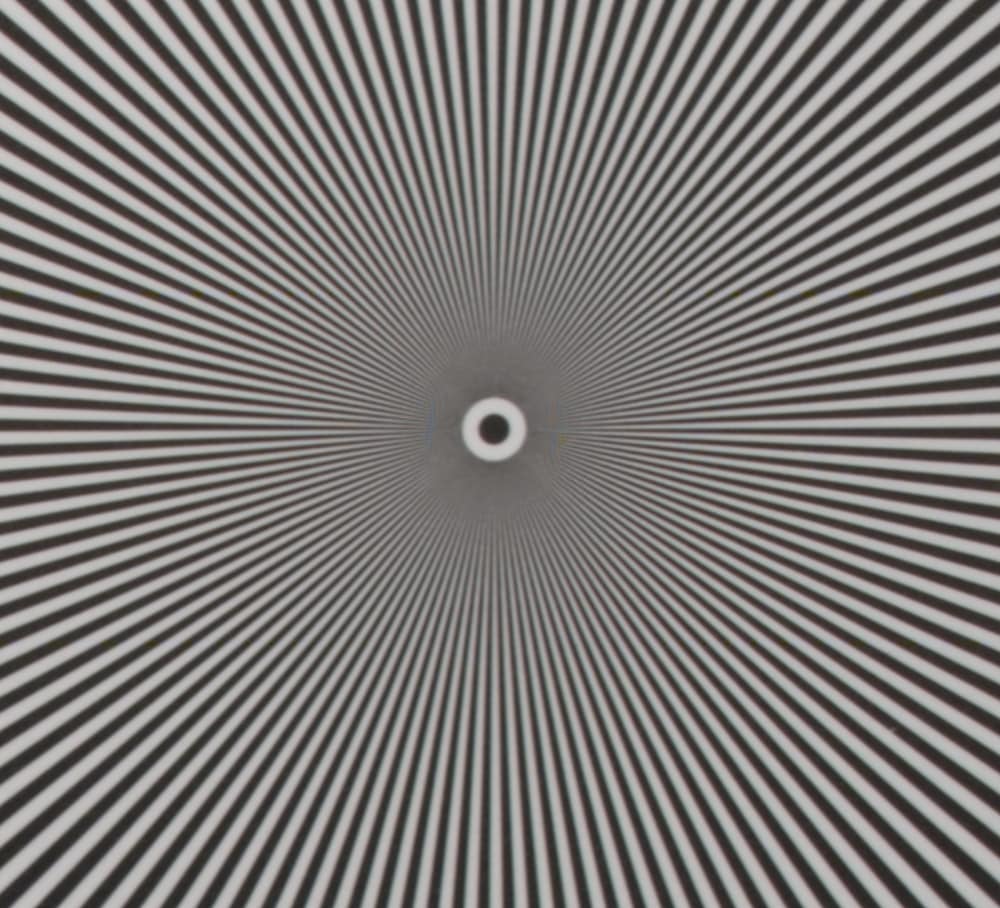
The Zeiss lens is sharper.
Score this one for Zeiss.
ian says
can you say what adapter you have used for this lens?
JimK says
Novaflex HAX/NIK.